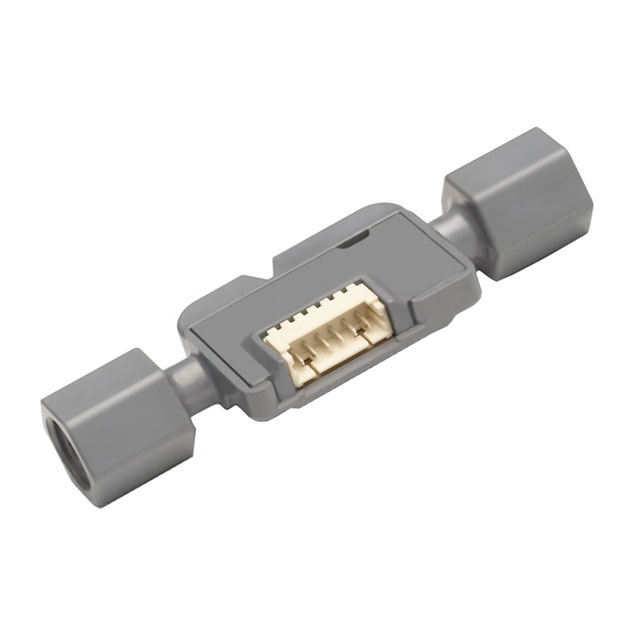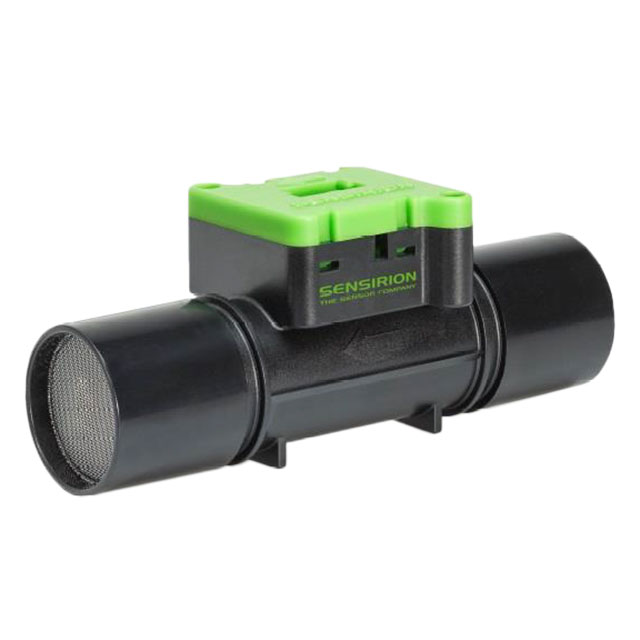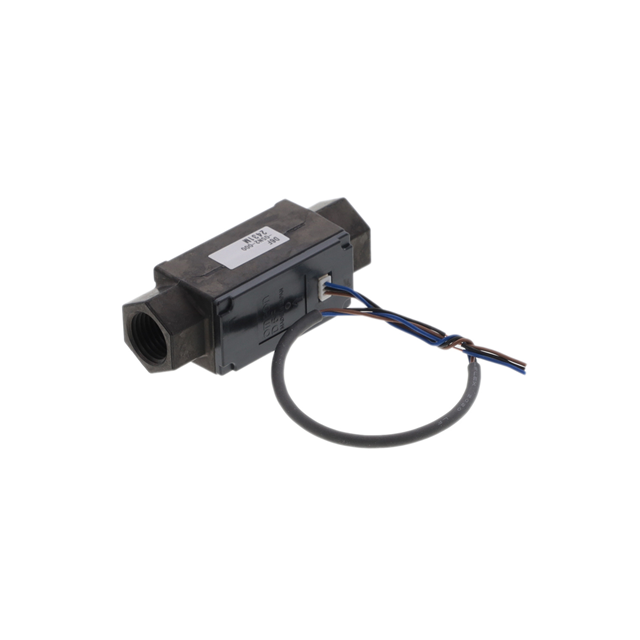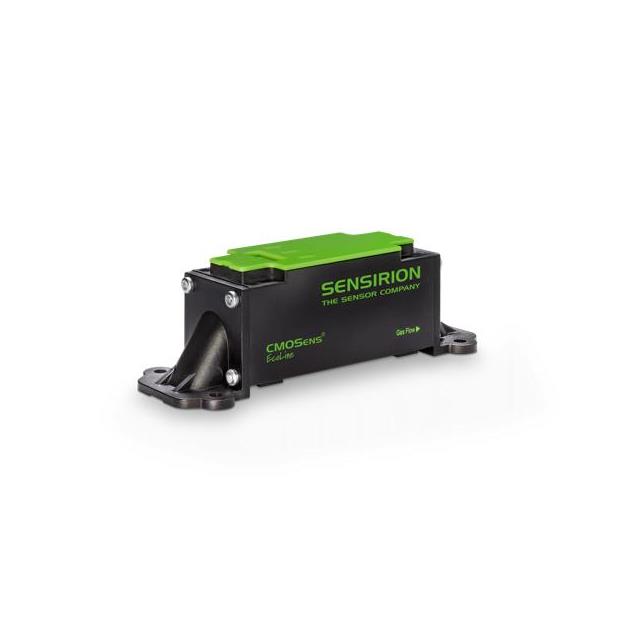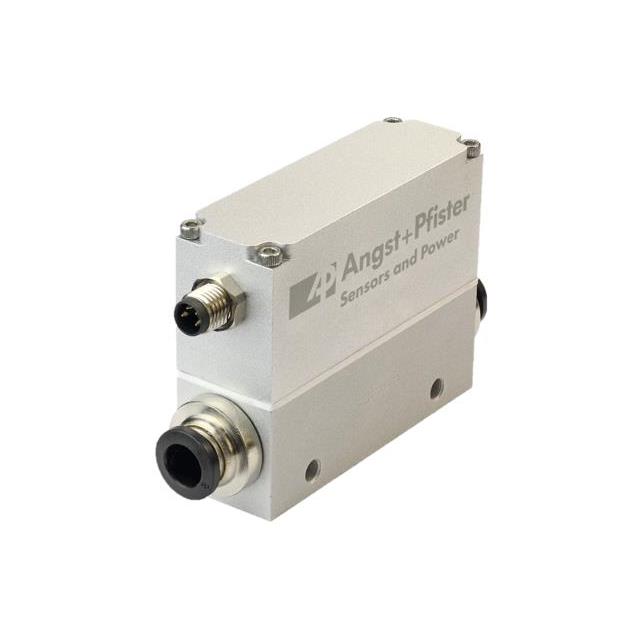

Introduction to Flow Sensors
Flow sensors play a key role in the systems that keep our modern lives running smoothly. You’ll find them hard at work in your car’s fuel system, in gas and water distribution networks, and in countless manufacturing setups. While there are many types of flow sensors, we’ll zoom in on two of the most well-known ones and break down how they function.

Flow Sensors
What’s a Flow Sensor?
A flow sensor is a device used to measure the movement of a fluid—whether that’s a gas or a liquid. These sensors use a combination of mechanical and electrical parts to detect changes in a fluid’s physical properties and calculate its flow rate. How these measurements are taken depends on the type of fluid involved. For instance, gases, liquids, and non-Newtonian fluids each behave differently, so we need different techniques to accurately measure their flow.
Types of Flow Sensors
There are several kinds of flow sensors, but let’s look at two popular ones: differential pressure flow sensors and thermal mass flow sensors.
Differential Pressure Flow Sensors

Pressure Flow Sensors
Fluid velocity and fluid pressure are connected, as shown in the Bernoulli equation:
dp = (density * velocity^2) / 2
These sensors measure the fluid’s pressure at two different speeds while maintaining its density. A common setup includes a single pressure-sensing point, like a pitot tube, positioned in the fluid path. By changing the orifice size or adding a nozzle, the fluid speeds up, and the sensor measures the pressure again at this higher speed. The pressure difference is then plugged into the Bernoulli equation to calculate velocity, which is used to figure out the total flow through the pipe.
This method requires careful control of various factors to get an accurate velocity reading. Because of this, differential pressure sensors are typically built as units that “interrupt” the pipe system instead of being retrofitted into an existing one. Common devices that use this approach include:
- Venturi tubes
- Rotameters
- Orifice plates
- Pitot tube arrays
Each of these has different levels of accuracy and pressure loss. Despite the differences, differential pressure flow sensors are widely popular due to their solid performance and flexibility.
Thermal Mass Flow Sensors

Thermal Mass Flow Sensors
Thermal mass flow sensors are often used in low-flow, high-precision applications with gases, like in semiconductor manufacturing. These sensors take advantage of a fluid’s thermal properties to measure flow through a system. There are two main setups for these sensors, but both rely on the way a fluid absorbs heat to measure how much energy is in the fluid. Here’s a quick breakdown of these two methods:
Method one: A heating element and a thermal sensor work together to track how much energy the fluid absorbs as it passes over them. First, the fluid picks up heat from the heating element. Then, the thermal sensor measures the fluid to see how much energy it absorbed.
Method two: A single heating element is used to keep a steady temperature. As the fluid absorbs heat, the element cools down and more energy is needed to keep it at the set temperature. The mass flow is calculated based on the amount of energy needed to maintain that constant temperature.
In both setups, the speed of the fluid is directly tied to how much energy it can take in. When the fluid moves slowly, it has more time to absorb heat from the element. If it moves quickly, there’s less time for energy transfer.
A key point about thermal mass flow sensors is that they must be calibrated for the specific type of fluid in the system. These sensors can be adjusted to handle different gas purities, such as pharmaceutical-grade nitrogen versus industrial-grade nitrogen. When calibrated correctly, thermal mass flow sensors are known for their high precision and reliability, making them a top choice in many manufacturing environments.
Target Type Flow Sensors
In a target type flow sensor, there's a target plate placed in the liquid flow. The flow of the fluid pushes on the target, causing it to move depending on the flow rate. A force sensor at the other end of the lever arm picks up this movement. Sometimes, instead of a force sensor, the lever arm works against a spring, and a position sensor measures the movement to figure out the flow rate. Often, there's a permanent magnet attached to the lever arm and a Hall effect sensor to turn the movement into an electrical signal. These sensors have a really low-pressure drop and are generally good with fluids that contain some solids.
Turbine Flow Sensor / Paddle Wheel Flow Sensor

Turbine Flow Sensor
With a paddle wheel or turbine flow sensor, there’s a spinning part in the fluid to measure the flow. First, the fluid passes through a laminar flow element to smooth things out. Then, it reaches the wheel or turbine, which spins depending on how fast the fluid is moving. Usually, there's a magnet on the wheel and a magnetic sensor in the housing to measure the rotation. In some cases, an optical sensor might be used, especially for clear fluids. The paddle wheel works well for low-flow liquids, while the turbine is good for gases. These sensors are simple and inexpensive to install but do have more wear due to the moving parts.
Magnetic Induction Flow Sensor

Magnetic Induction Flow Sensor
Magnetic induction sensors are used to measure the flow of conductive liquids. Using Faraday’s law of magnetic induction, a current is induced in the liquid as it moves through a magnetic field. The amount of current is directly related to how fast the liquid is moving. The liquid itself acts as the conductor. Inside the sensor, coils create the magnetic field, and electrodes in the sensor pick up the current. The amount of current tells you the flow rate. These sensors have no moving parts, no pressure drop, and aren’t affected by changes in temperature, pressure, or density. They can even handle fluids with contaminants.
Flow Sensor Applications
There’s a wide range of flow sensors out there to meet specific needs and specialized applications. When choosing the right flow sensor, some key factors to consider include:
- Volumetric range of the sensor
- Material compatibility
- Pressure requirements
- Accuracy needed
A flow sensor can be an invaluable tool for monitoring and managing a mechanical or chemical subsystem in your project. For a great selection of flow sensors from trusted brands like Honeywell, OMRON, Sensirion, and TE Connectivity, take a look at www.jmchip.com.
Frequently Asked Questions
How does a flow sensor work?
The measuring pipe of the flow sensor is surrounded by a magnetic field (B). When an electrically-conductive liquid (Q) flows through the pipe, the positive and negative charge carriers are deflected in opposite directions.
How many types of flow sensors are there?
There are several types of electronic flow sensors, including differential pressure, thermal, target, paddle wheel, and magneto-inductive sensors. Differential pressure sensors are the most popular because they're cost-effective, perform well, and are versatile.
What is the most accurate flow sensor?
Coriolis mass flow meters are the most accurate since they measure mass flow directly. They’re great for a wide range of fluids, including high-viscosity liquids, slurries with solids, liquids with trace amounts of gas, and medium to high-pressure gases with enough density.
What are the two main types of airflow sensors?
The two main types of airflow sensors are:
- Volume air flow sensors, which measure how moving air affects a pinwheel or deflecting plate.
- Mass air flow sensors, which measure the actual mass of air as it passes through the sensor.
How accurate is a flow sensor?
Here’s a quick look at the accuracy ranges for some common flow meter types:
- Coriolis Flow Meters: 0.1%–0.5%
- Ultrasonic Flow Meters: 0.7%–1%
- Magnetic Flow Meters: 0.2% – 2%
How long do flow sensors last?
A mass air flow sensor usually lasts between 80,000 and 150,000 miles. Taking care of it by cleaning it regularly can help it last longer. If you notice symptoms like hard starting, it might be time to replace the sensor.
Subscribe to JMBom Electronics !



